Before I travelled to Iceland for the first time in August the only thing I really knew about the country was “Iceland is green and Greenland is ice.” Some lessons from elementary school really stick with you forever. And yes, after arriving in Iceland I quickly realized that it is a moss-covered wonderland. But it wasn’t just Iceland’s landscape that was green. Iceland’s energy is green as well!
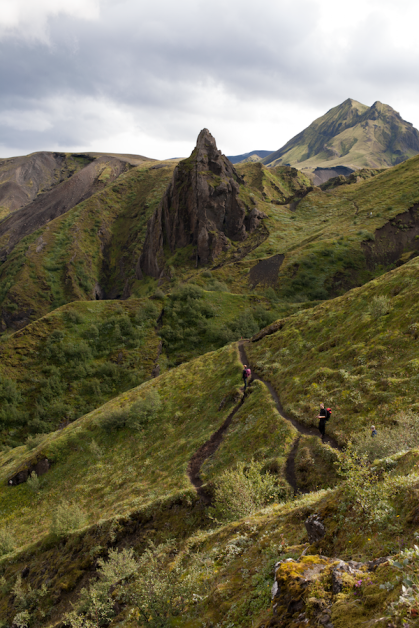
Renewable vs nonrenewable energy
What does it mean that Iceland’s energy is green? The energy that we use to charge a laptop, heat water, or travel in a vehicle can come from renewable or nonrenewable sources. Nonrenewable energy resources, like coal and oil, are available in limited supply. This is usually due to the long time it takes for these resources to be replenished. Petroleum, for example, is made from fossilized plants and animals and because it takes millions of years to form, it is considered non-renewable.
Renewable resources, such as wind and sunlight, are replenished naturally and over relatively short periods of time. Because of this, renewable resources are considered to be greener, or less harmful to the environment, when compared to nonrenewable technologies. They are also considered greener because studies suggest that they have a smaller carbon footprint (total greenhouse gas emissions), as shown in the figure below.
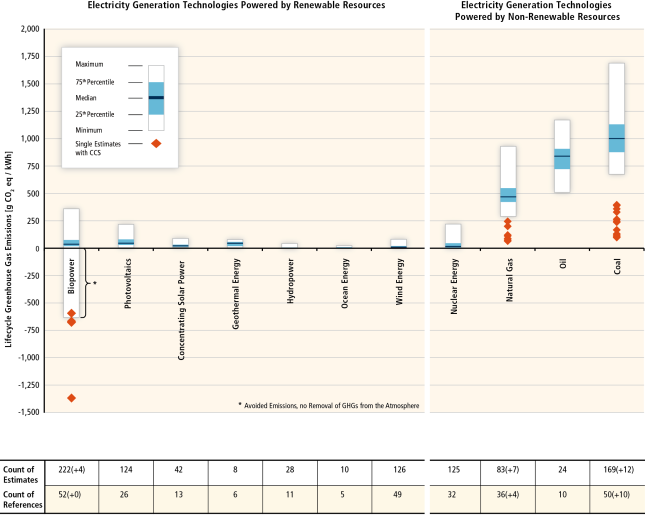
Because of Iceland’s unique geography, the country is able to readily take advantage of renewable resources to produce energy. Iceland sits on the boundary that separates the North American and Eurasian tectonic plates, which are moving away from one another at a rate of 2 cm per year. Iceland is also located just below the Arctic Circle, with glaciers covering 11% of the country. This makes for a pretty amazing landscape that includes waterfalls, glaciers, volcanoes, and hot springs. It also means that Iceland has access to hydro- and geothermal power (renewable energy from water and the earth’s own heat, respectively), which are used to generate electricity and provide hot water and heat, and comprise the foundation of Iceland’s green energy system.
Harnessing energy from moving water
So how does this work? The electricity generation through hydropower and geothermal power plants is quite similar. Let’s start with hydroelectric power.
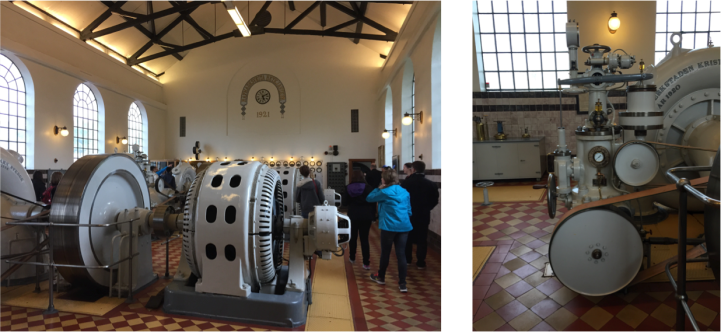
Iceland has received an average of 40 inches of precipitation annually over the last 25 years. (By comparison, Seattle, WA receives an average of 25 inches of precipitation annually.) Much of this water is stored in ice caps and the ground, but it can also be used for hydroelectric power plants. The water is stored behind a dam, forming an artificial lake, or reservoir. The force of the water being released from the reservoir through the dam spins the blades of a turbine. The turbine is connected to the generator that produces electricity as it spins. After passing through the turbine, the water flows back and forms a river on the other side of the dam. In 2013, 71% of the electricity produced in Iceland came from hydroelectric power plants, most of which is used by the aluminum industry.

Harnessing energy from Earth’s heat
Geothermal energy is heat from within the earth. Remember the volcanoes and hot springs I mentioned earlier? Their energy can be used in a few different ways: (1) direct hot water source, (2) electricity generation and (3) space heating. Iceland has access to many geothermal fields throughout the country.
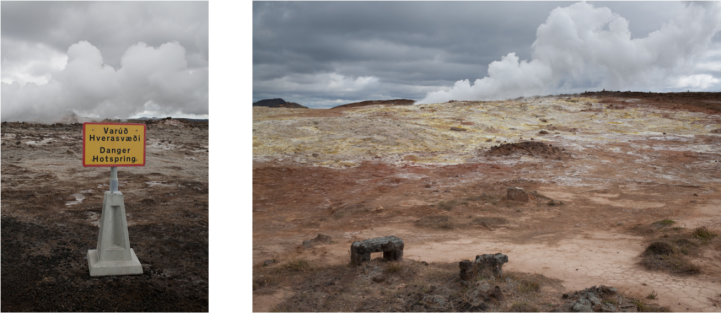
To generate electricity from geothermal sources the idea is very similar to the theory behind a hydroelectric plant, but now the blades of the turbine are spun by steam instead of water from behind a dam (see the cartoon of a geothermal plant below). One great aspect of this technology is that the steam is cooled after use and injected back into the ground. How’s that for sustainable?!
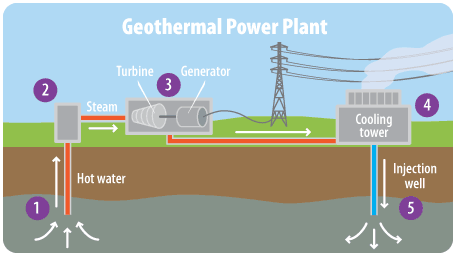
Iceland is certainly a unique case given its location, geography, and small population (~330,000). It’s also an island, so there is extra economic incentive to not rely on expensive foreign oil imports. Without a doubt, it would be better for the environment if every country could run on renewables. Luckily, there is a lot of science research currently going on that is dedicated to improving renewable energy technologies, which will help make them more efficient and practical for the rest of the world. Meanwhile, Iceland will continue to provide inspiration for visitors like me.
EDUCATIONAL RESOURCES & REALLY FUN STUFF
- Smithsonian Magazine Interactive: Mapping Renewable Energy Around the World
- The World Bank: Greenhouse gas emission data that you can use to generate charts and tables of your choice. Try comparing the CO2 emissions per capita for Iceland and the U.S.
- Orkustofnun: the National Energy Authority in Iceland
- U.S. Department of Energy: 5 geothermal energy activities for middle school
- Intergovernmental Panel on Climate Change (IPCC) 2011: IPCC Special Report on Renewable Energy Sources and Climate Change Mitigation. Prepared by Working Group III of the Intergovernmental Panel on Climate Change [O. Edenhofer, R. Pichs-Madruga, Y. Sokona, K. Seyboth, P. Matschoss, S. Kadner, T. Zwickel, P. Eickemeier, G. Hansen, S. Schlömer, C. von Stechow (eds)]. Cambridge University Press, Cambridge, United Kingdom and New York, NY, USA, 1075 pp.
